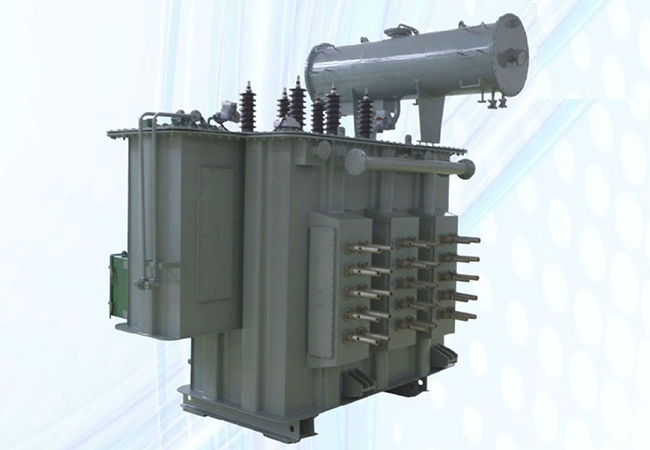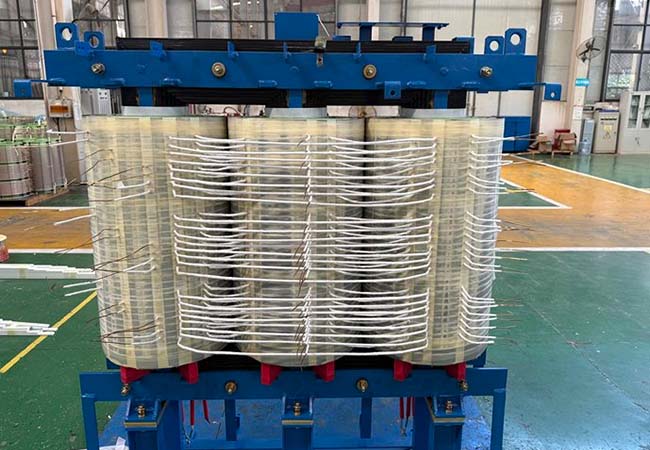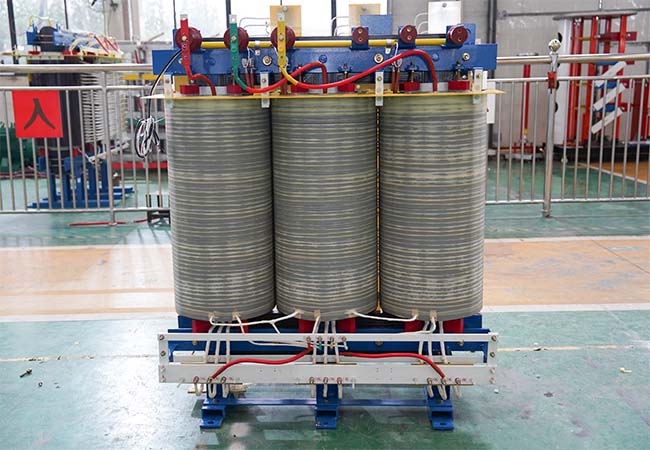Technical Parameters of Distribution Transformers
05-12 2025 | By:
The technical parameters of transformers refer to the data used to describe the performance and characteristics of transformers, mainly including the following aspects:
1. Rated capacity: refers to the power that the transformer can output stably for a long time under the specified conditions of use. Usually in KVA or MVA.
2. Rated voltage: refers to the rated voltage value of the primary and secondary sides of the transformer, generally in kV.
3. Short-circuit impedance: refers to the equivalent impedance value of the transformer in the short-circuit state, usually expressed as a percentage.
4. No-load current: refers to the current value of the primary side of the transformer in the no-load state, usually expressed as a percentage.
5. No-load loss: refers to the power loss of the transformer in the no-load state, usually in kW.
6. Load loss: refers to the power loss of the transformer in the load state, usually in kW.
7. Temperature rise: refers to the difference between the oil temperature and the ambient temperature during the operation of the transformer, usually in K.
8. Insulation level: refers to the withstand voltage of the transformer insulation material, usually in kV.
9. Noise: refers to the noise level generated by the transformer during operation, usually in decibels (dB).
The above are the main technical parameters of the transformer, which may vary for transformers of different types and specifications. When selecting and using a transformer, it is necessary to determine the appropriate technical parameters based on actual needs and usage conditions.
You may also find these interesting:



